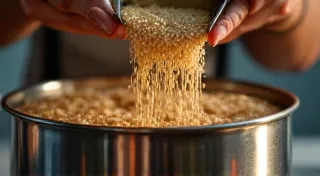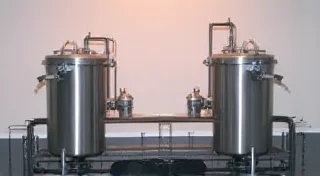Homebrewing a Classic Pale Ale Recipe
This guide details a straightforward Pale Ale recipe, ideal for intermediate homebrewers looking to build upon their foundational brewing skills. We're aiming for a balanced beer – a good hop presence without overwhelming bitterness, a clean malt profile, and a refreshing finish. Expect a beer around 5.0-5.5% ABV, with a noticeable but manageable bitterness (around 30-40 IBUs). This recipe aims for a classic English Pale Ale style, but can easily be adapted for an American twist. Before diving into this recipe, you might find it helpful to review the basics. If you’re completely new to the process, check out Your First Brew: A Step-by-Step Guide to Making Simple Beer at Home for a comprehensive introduction to homebrewing.
Ingredients
- Grain Bill:
- 2.5 lbs Maris Otter Pale Malt (provides a rich, slightly biscuit-like base)
- 0.5 lbs Crystal Malt (60L) (adds sweetness and body)
- Hops:
- 0.5 oz East Kent Goldings (60 minutes) - for bittering
- 0.5 oz East Kent Goldings (15 minutes) - for flavor
- 0.5 oz East Kent Goldings (5 minutes) - for aroma
- Yeast: Wyeast 1968 – London Ale Yeast (or equivalent ale yeast)
- Water: Approximately 5 gallons (adjust based on efficiency)
- Priming Sugar: For carbonation (amount varies depending on desired carbonation level)
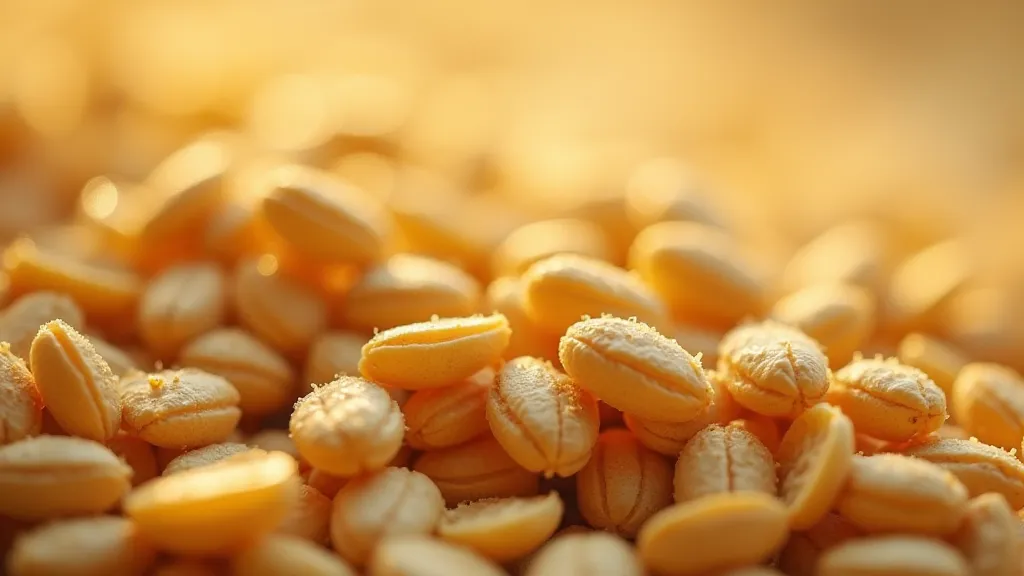
Equipment Needed
- Brew Kettle (at least 8 gallons)
- Fermenter (6-7 gallon)
- Airlock. Maintaining a proper seal is essential for preventing unwanted infections. To learn more about the importance of air locks in home brewing and how they contribute to a clean fermentation, click here.
- Bottling Bucket (if bottling)
- Bottling Wand (if bottling)
- Hydrometer
- Thermometer
- Sanitation Equipment (crucial!)
Brewing Process: Step-by-Step
- Mashing: Heat 2.5 gallons of water to 162°F (72°C). Add the crushed grains, stirring well to avoid doughing. Maintain a mash temperature of 152°F (67°C) for 60 minutes.
- Lautering: Slowly drain the wort (the sugary liquid) from the mash tun. Sparge with approximately 1.5 gallons of 170°F (77°C) water to rinse the remaining sugars from the grain.
- Boiling: Transfer the wort to your brew kettle and bring to a rolling boil. Add the first hop addition (East Kent Goldings for bittering) at the 60-minute mark.
- Hop Additions: Add the second hop addition (for flavor) at 15 minutes remaining in the boil, and the third hop addition (for aroma) with 5 minutes left.
- Cooling: Rapidly cool the wort to yeast-pitching temperature (around 68°F / 20°C). An immersion chiller is ideal, but an ice bath will also work. Ensuring proper cooling speeds up the process and minimizes the risk of contamination. If you've never assembled a home brewing kit, consider checking out The Ultimate Guide to Choosing Your First Home Brewing Kit to get started.
- Yeast Pitching: Aerate the cooled wort and pitch the yeast. Ensure sufficient oxygen is available for healthy yeast activity.
- Fermentation: Transfer the wort to a sanitized fermenter and seal with an airlock. Ferment at a stable temperature (68°F / 20°C for Wyeast 1968) for approximately 1-2 weeks, or until fermentation is complete.
- Bottling/Kegging: Once fermentation is complete and the beer is clear, bottle or keg. Add priming sugar according to your desired carbonation level if bottling.
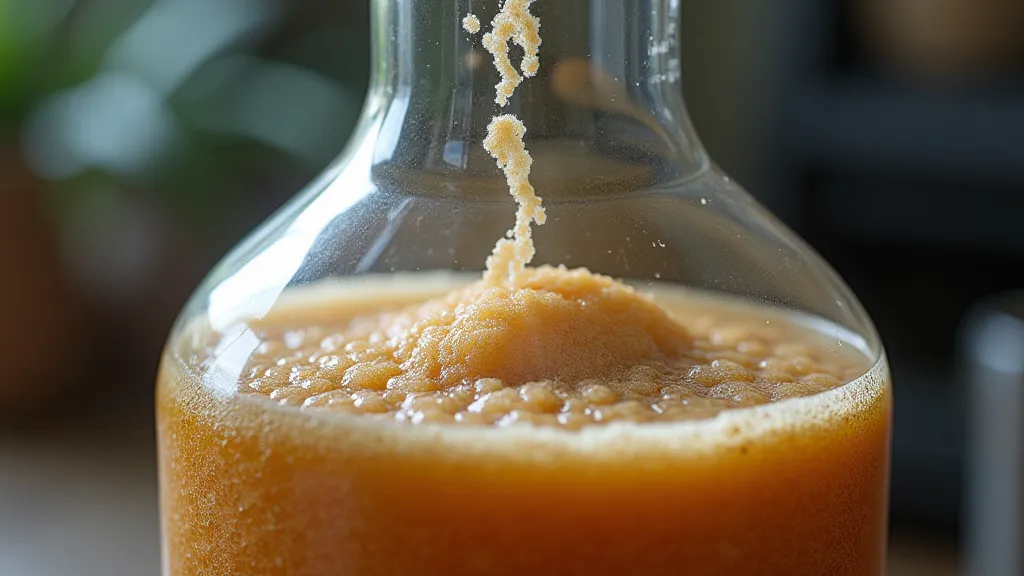
Tips & Troubleshooting
- Grain Crush: Ensure a consistent grain crush for optimal sugar extraction.
- Temperature Control: Accurate temperature control is key to successful fermentation. Fluctuations can lead to off-flavors or stalled fermentation.
- Oxygenation: Properly oxygenating the wort before pitching yeast promotes healthy yeast growth.
- Hydrometer Readings: Take hydrometer readings before and after fermentation to determine ABV.
- Off-Flavors: If you experience off-flavors, investigate potential sources like sanitation issues, temperature fluctuations, or yeast problems. Maintaining impeccable sanitation is paramount in homebrewing.
Recipe Variations
- American Pale Ale: Substitute the East Kent Goldings hops with Cascade or Centennial. This simple hop substitution dramatically shifts the flavor profile, bringing in more citrusy and piney notes.
- Darker Malt Profile: Add a small amount of roasted barley or chocolate malt for a darker, richer flavor. These malts contribute color and a subtle roasted character.
- Increased Hop Intensity: Increase the hop additions for a more pronounced hop character. Be mindful of IBU levels when increasing hop additions.
- Fruit Addition: Add fruit, like raspberries or oranges, during secondary fermentation for a unique twist. Adjust priming sugar accordingly to account for added sugars from the fruit.
- Spiced Pale Ale: Introduce spices such as coriander or cinnamon for a warming and complex flavor. Use sparingly, as spices can easily overpower the beer.
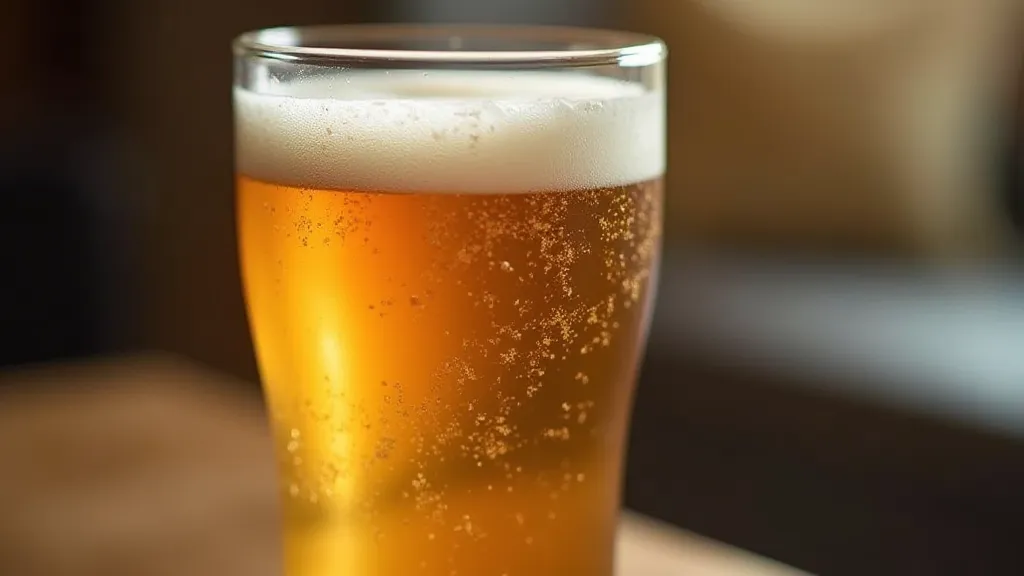
Beyond the core recipe, experimentation is a significant part of the brewing journey. Don’t be afraid to try different grain combinations, hop varieties, or fermentation techniques. Each iteration provides valuable insights and contributes to your growth as a homebrewer. Consider exploring other exciting beverages too! If you're curious about something completely different, check out Making Mead: A Beginner's Guide to Honey Wine for a rewarding new project.
